
Fair trade, why it matters
Does it really matter where our food come from? The short answer is yes, absolutely.
Companies use all sorts of labels on their products including terms such as ethical and sustainable. This can make it seem complicated when considering different products. And in some ways, it is.
To make it a bit easier next time you’re at the supermarket, let’s unpack the basics.
The mass production of food and fashion has dominated the shopping experience for years. We are becoming more aware of the horrific truths behind these industries, from the exploitation of farmers and factory workers, to the significant impact on the environment and our health. Considering the scale of inequality, the negative effects are overwhelming to say the least.
Being an ethical and responsible consumer is easier than you think. You – like most Australians - are probably already doing it. A 2018 survey found that 72% of Australians, and globally 62% of people are choosing to eat ethically.
By making a responsible choice, you are taking into considering the three pillars of sustainability - the economic, environmental and social process of the food or product:
Economically, by contributing to the development and infrastructures needed.
Environmentally, by minimising unnecessary waste production. It also ensures the quality of the food we are consuming meets high standards.
Socially, you are ensuring the farmers and workers are paid fairly, the process creates sustainable employment and support for communities fighting poverty.
It’s a win-win for everyone. The catch is, how do you find these products?
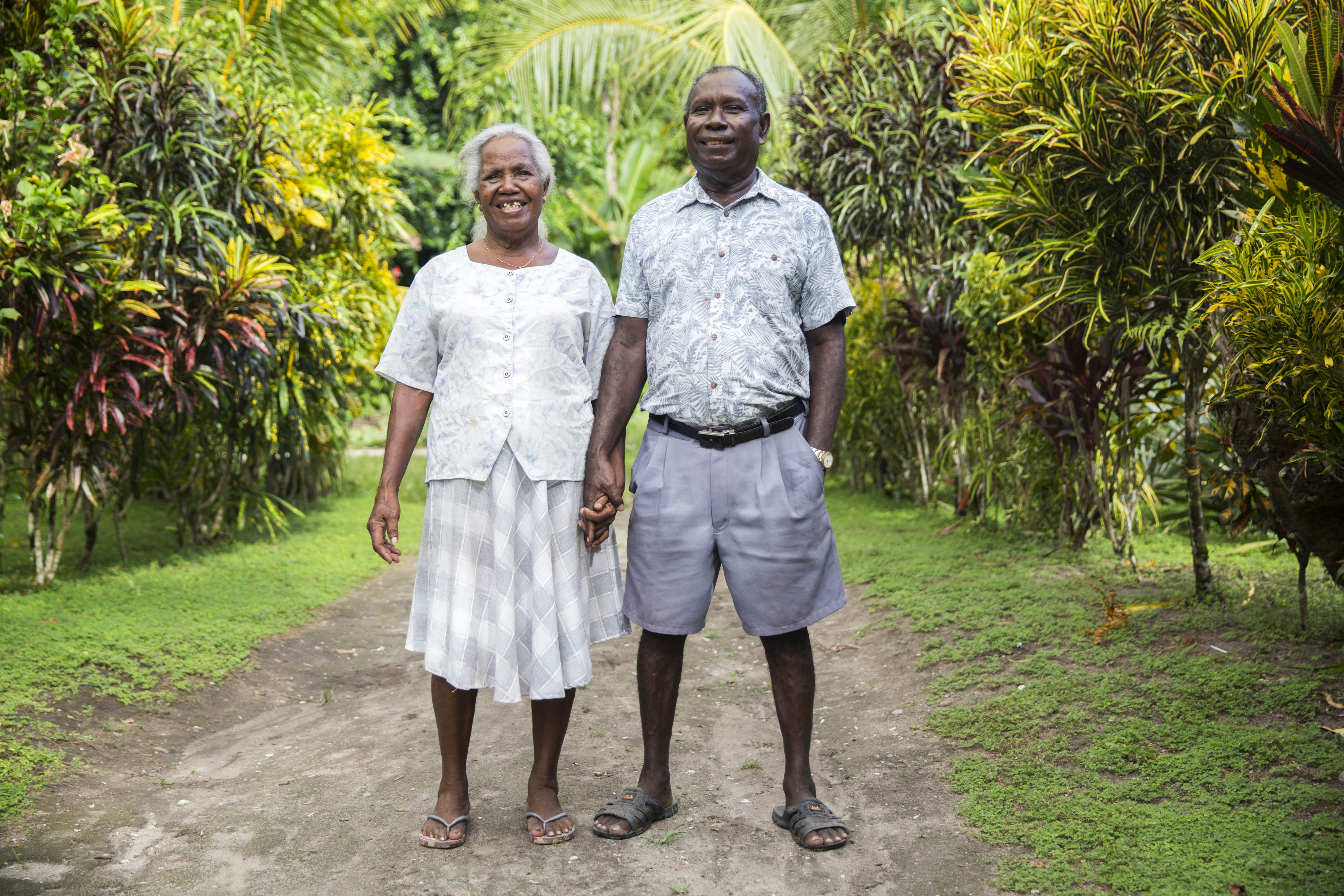
What is fair trade?
Fair trade is the trade between companies in developed countries and producers in developing countries in which fair prices are paid to the producers. Sounds simple enough; however, there are only a few major fair trade organisations that go beyond this.
There are many organisations that have their own fair trade process and certification. This includes some of the necessary standards, like fair pricing for farmers, and can sometimes be a statement rather than a commitment to action.
You’ve probably heard of the certified Fairtrade system, or recognise the blue and green Fairtrade Mark at your grocery shop.
his organisation is the most extensive global system that incorporates the highest standards of responsible buying. Their standards are carefully established through a long process of consultations with ‘farmers and workers, traders, NGOs, academics and labelling organisations.
In essence, fair trade must meet high global standards of economic growth, social stability and environmental protection.
Many other organisations certify specific materials or ingredients or work with communities exclusively, or represent a selection of brands.
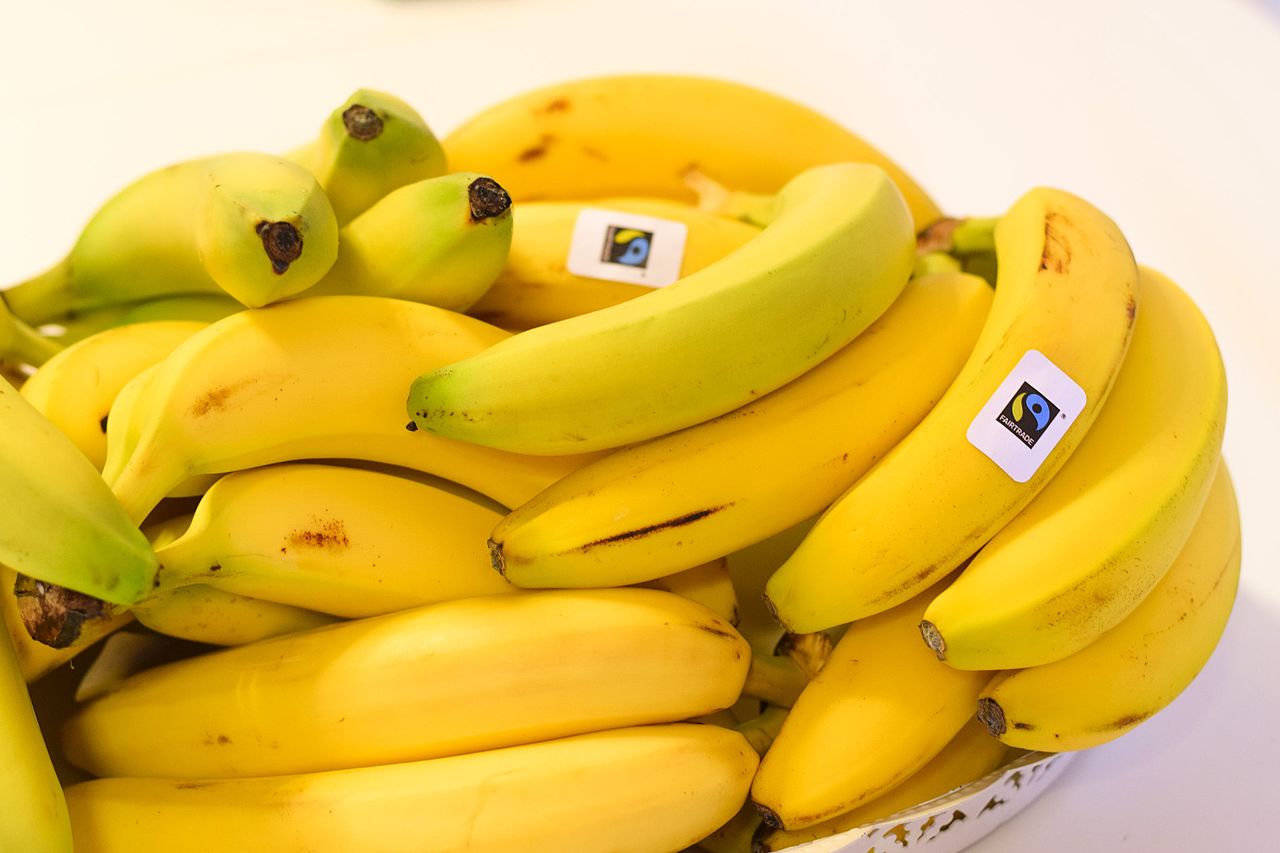
This can include:
- Advocating for the for better working conditions
- Empower communities in developing countries
- Women’s rights
- Improving sustainable practices and environmental protection by supporting small scale farmers
- Investing in education and healthcare for the communities they support
They are the complete package when it comes to the true essence of fair trade. You can check out the full list of global standards on the Fairtrade website.
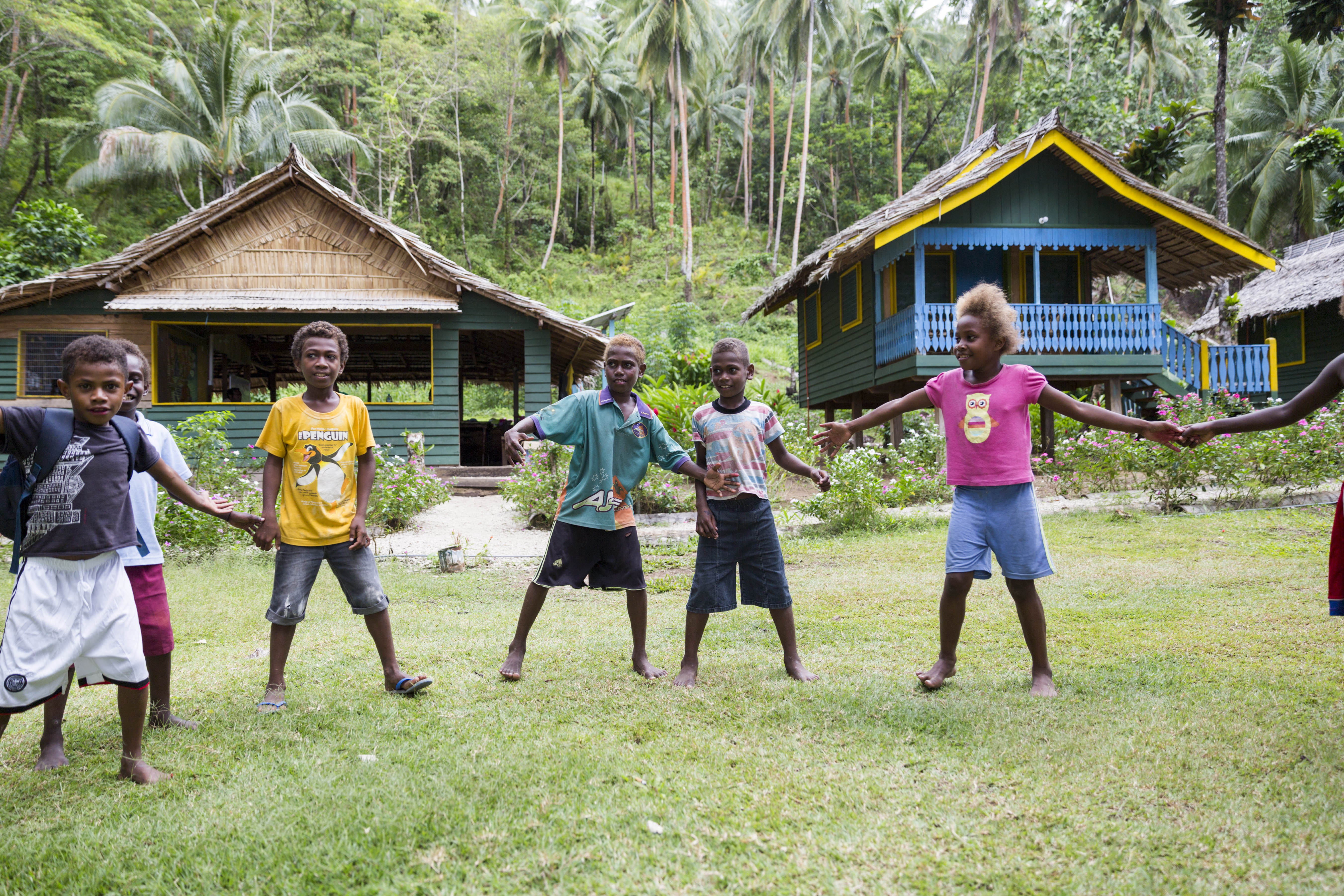
Why fair trade is important?
You can contribute to the economic, social and environmental goals, locally and globally just by making thoughtful, educated decisions about our consumption. The work done by fair trade organisations highlights the positive changes, as well as the negative reality that drive us as consumers to do better.
In 2017, Fairtrade had 1.71 million farmers and workers in certified producer organisations, with women making up 21%. Fair trade organisations partner with communities from Latin America and Columbia, Africa and the Middle East, and to Asia and the Pacific. Fairtrade’s extensive list covers everything from herbs and spices, bananas, coffee, cocoa, sugar, cereals, and so on, foods and ingredients most of us use daily.
The food we eat can be Fairtrade; however, what happens when cotton can be certified Fairtrade, yet it is one of the most significant contributors to air pollution? The fashion industry is responsible for 10% of global emissions, and there are many other ways you can help with minimising the impact on the environment.

Fair trade in practice
Brands are starting to become more transparent with how they source their ingredients. You would have noticed the rise in vegan, cruelty-free cosmetic production, or the recycled clothing trend. Every industry has a part to play in sustainability.
The best way to help is by not only buying Fairtrade but supporting a call to action brand. Patagonia is just one example of many clothing brands utilising resources we already have, with minimal contribution to waste.
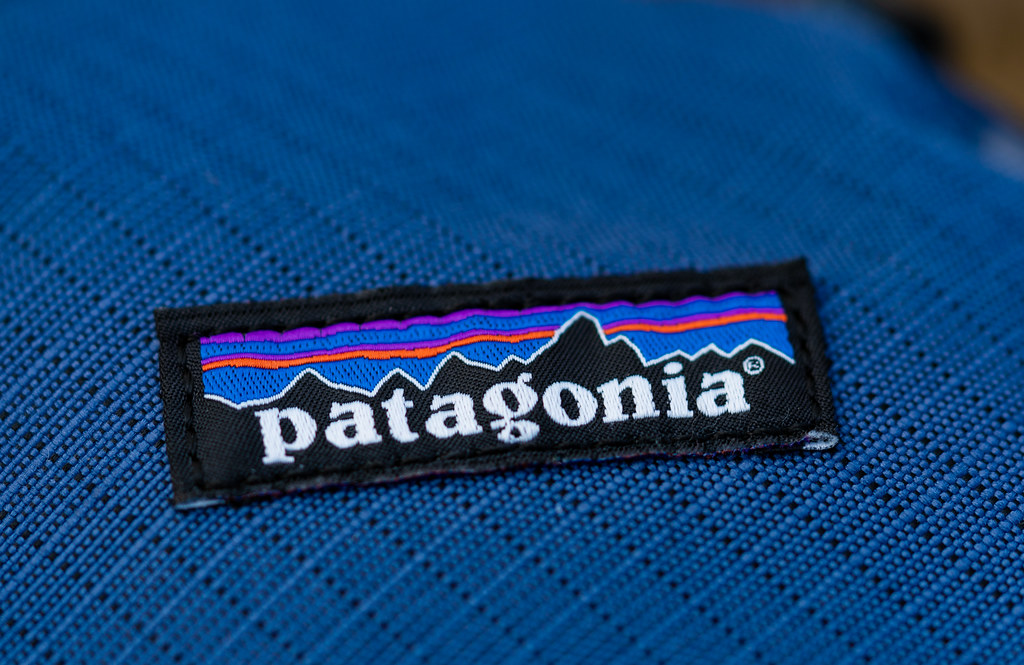
Patagonia is the ultimate sustainability brand, combating fast fashion by encouraging their customers to buy their clothing items once and once only. Patagonia offers its customers a lifetime guarantee. They will mend your clothing free of charge, and recycle it for you when you no longer want it.
The brand was also one of the first companies to source organic cotton. They have one of the strictest standards for recycled materials, used in all their products. The products use minimalist yet recognisable designs and are extremely practical!
Patagonia’s appeal not only comes from its efforts but also its transparency. They openly admit their brand plays a role in the fashion industry’s mark on the environment.
They look for opportunities to partner with relevant activist groups and companies that are supporting their cause. They also promote ethically sound suppliers for their materials.
The organisations they work with vote on how to use the money in their community. A garment factory in Thailand used their first Fair Trade premiums to pay school fees for 265 children, ensuring their access to an education. Other communities used their money to open a free child- care centre, start health and hygiene programs, and many other needed initiatives.
How can you help?
Chances are the products you are buying have a fair trade alternative.The easiest way is by looking for the blue and green Fairtrade mark next time you are doing your grocery shopping. A quick google search will also give you the full list of Fairtrade products you can buy online and in stores.
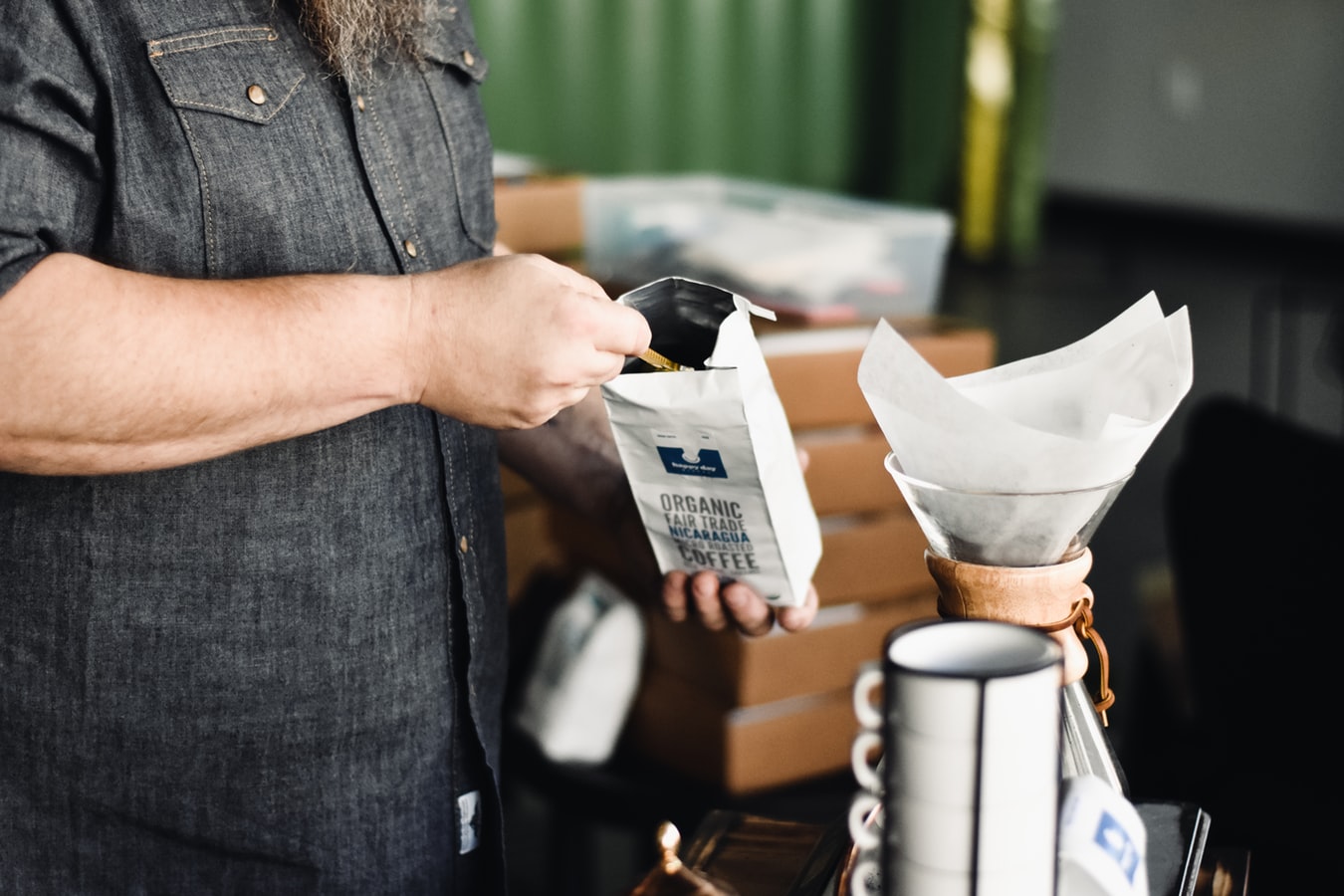
When it comes to clothing, there are plenty of brands like Patagonia that include a fair trade certification process. They might be slightly harder to find in stores so online is the best place to start. Go to a brand’s website and see if they recognise and display their social and environmental responsibility. You will be able to see the scale of effort and commitment across different brands. There are so many options, and it all comes back to your choice as a responsible consumer!
As an individual, you now have the knowledge and resources to make ethical choices. We can help end exploitation and poverty, and help reduce harm to the environment just by changing our buying habits. Making decisions based on where our food and products come from is the new norm, and we should do our best to contribute wherever possible.
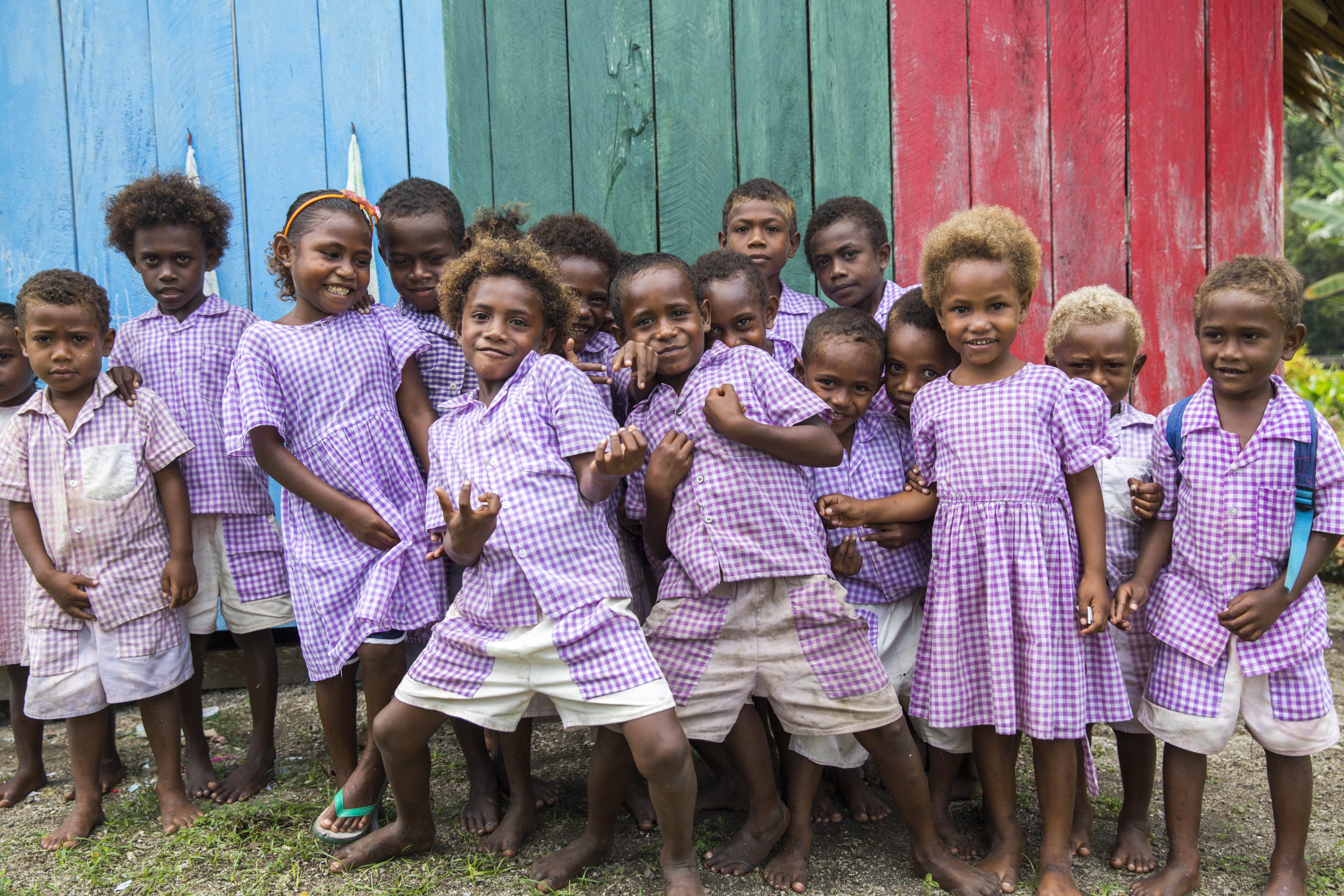



Be a part of their story
#ihaveanewlife #realvillagepeople